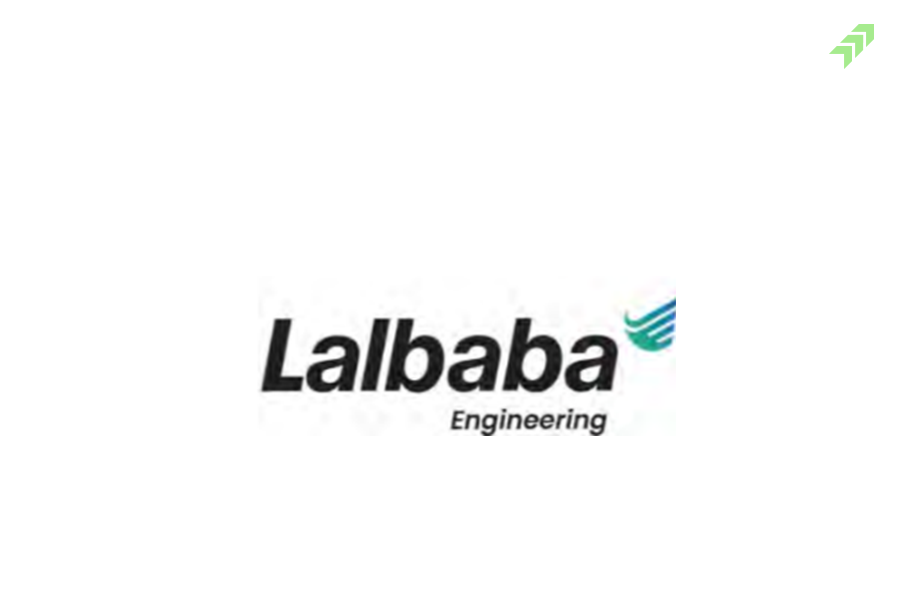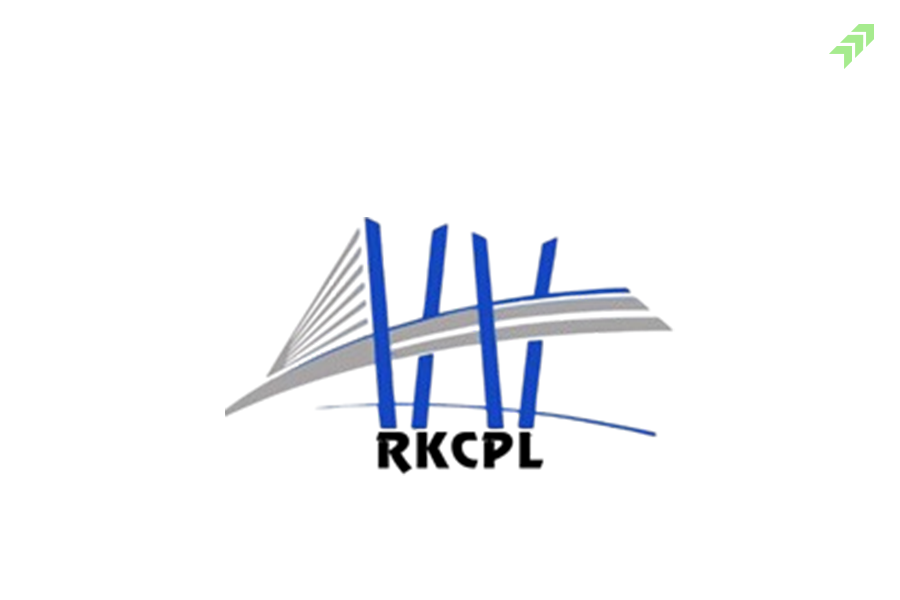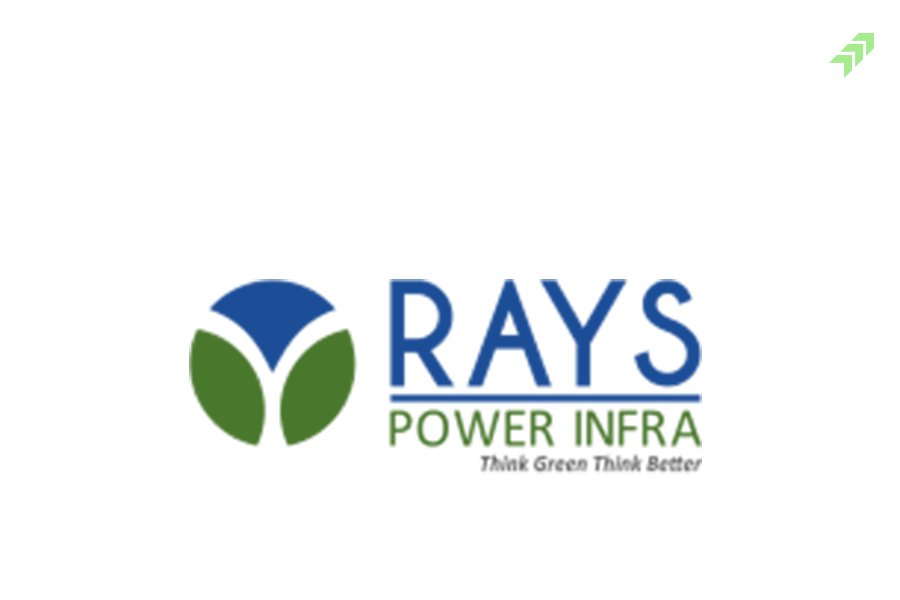Hard and soft underwriting
When an underwriter agrees to buy his commitment before the issue opens, this is referred to as hard underwriting. The underwriter assumes the risk and guarantees the issuer a fixed amount from the issue. Thus, if the shares are not subscribed to by investors, the issue is devolved on underwriters, who must bring in the funds by subscribing to the shares. The underwriter bears a much greater risk than soft underwriting. Soft underwriting occurs when an underwriter agrees to purchase shares in an IPO after the issue has closed. He then immediately sells those shares to institutional investors. As a result, the underwriter’s risk is limited to a short period of time.
Hedge funds
Hedge funds are actively managed alternative investment pools whose managers employ a variety of strategies, including short selling, leverage, and derivatives, to outperform the market for their clients. Hedge funds are high-risk investments that employ unconventional strategies, charge much higher fees than traditional investment funds, and require large minimum deposits.
Holding company
A holding company is also referred to as a parent company.. A holding company does not typically manufacture, sell, or conduct any business operations. A holding company is a separate parent company formed to own a controlling interest in one or more subsidiary companies. A holding company does not necessarily trade; its primary function is to form a corporate group. In an event, If a subsidiary goes bankrupt, the holding company may suffer a capital loss. The creditors of the bankrupt company, on the other hand, have no legal recourse against the holding company.
Hard commodities
They are the foundation of a country’s economic health, and global demand for such resources can be tracked to predict an economy’s stability. It is because the products’ supply and demand are largely predictable due to their fixed nature. Natural resources, such as metal ores and oil reserves, are examples of hard commodities.
- Precious metals – Gold, silver, palladium, etc.
- Energy – Oil, Coal, Uranium
Hybrid mutual fund
To achieve a balance of income and growth, hybrid mutual funds invest in a mix of equity and debt securities. The fund’s risk and return are determined by the proportion of equity and debt investments specified in scheme documents, which investors can verify. The greater the proportion of equity/debt, the greater / lesser the risk. The fund’s stability is provided by regular income from debt securities and long-term capital appreciation from equity investments.
Hedgers
These are stock market traders who are wary of taking risks. They intend to use derivative markets to protect their investment portfolio from market risk and price fluctuations. They accomplish this by taking an opposing position in the derivatives market. In this way, they transfer the risk of loss to those who are willing to accept it. They must pay a premium to the risk-taker in exchange for the available hedging. Assume you own 10 shares of ABC Company, which are currently valued at Rs. 100. You intend to sell these shares in one month. However, you do not want to incur losses as a result of a market price decline. At the same time, you don’t want to miss out on future profits by selling them at a higher price. A put option for a small premium is a way out for you.
Open FREE Demat Account in less than 10 minutes
20
Get Instant Pledge Benefits* + Zero Delivery Brokerage* to maximize your returns
10
Per order only (No hidden charges)


















